Description
What is Bone?
Bone is a living, active tissue that’s constantly renewing itself. Old bone tissue is broken down by cells called osteoclasts and is replaced by new bone material produced by cells called osteoblasts.
The balance between the breakdown of old bone and the formation of new bone changes at different stages of our lives.
• In childhood and adolescence, new bone is formed very quickly. This allows our bones to grow bigger and stronger (denser). Bone density reaches its peak by our mid-to late-20s.
• After this, new bone is produced at about the same rate as older bone is broken down. This means that the adult skeleton is completely renewed over a period of 7–10 years.
• Eventually, from the age of about 40, bone starts to be broken down more quickly than it’s replaced, so our bones slowly begin to lose their density.
How Bone is made?
Bone is made up of minerals, mainly calcium salts, bound together by strong collagen fibers. Our bones have a thick, hard outer shell (called cortical or compact bone) which is easily seen on x-rays.
Inside this, there’s a softer, spongy mesh of bone (trabecular bone) which has a honeycomb-like structure.
We all have some degree of bone loss as we get older, but the term osteoporosis is used only when the bones become quite fragile. When bone is affected by osteoporosis, the holes in the honeycomb structure become larger and the overall density is lower, which is why the bone is more likely to fracture.
What is Osteoporosis?
Osteoporosis is a bone disease that develops when bone mineral density and bone mass decreases, or when the structure and strength of bone changes. This can lead to a decrease in bone strength that can increase the risk of fractures (Broken bones)
Osteoporosis is a “silent” disease because you typically do not have symptoms, and you may not even know you have the disease until you break a bone. Osteoporosis is the major cause of fractures in postmenopausal women and in older men. Fractures can occur in any bone but happen most often in bones of the hip, vertebrae in the spine, and wrist.
What are the symptoms of Osteoprosis?
There typically are no symptoms in the early stages of bone loss. But once your bones have been weakened by osteoporosis, you might have signs and symptoms that include:
• Back pain, caused by a broken or collapsed bone in the spine.
• Loss of height over time.
• A stooped posture.
• A bone that breaks much more easily than expected.
What is the role of VITKAL PLUS tablet in bone loss?
Vitkal plus tablet is fortified with calcium, magnesium and vitamin D that help in the development and maintenance of healthy bones.
Calcium:
The most abundant mineral within a body. It’s essential for strong bones, teeth, muscle contractions, proper nerve functioning and support of the body’s defenses. An ample supply of calcium is critical for both mother and the developing baby to help providing more calcium for the baby’s growth, the mother needs more calcium.
Vitamin D:
Is a fat soluble vitamin contributes to the absorption and utilization of calcium.
Magnesium:
Vitkal Plus tablet has additional magnesium which maintains normal muscle & nerve function (including your heart) and can help calm muscle aches and cramps.
Magnesium has also been studied for its role in helping regulate blood pressure, support natural energy and regulate mood balance.
Calcium plus Co-Factors:
Vitkal plus tablet provides 100% NRV (Nutrient Reference Value) of calcium carefully combined with co-factors including vitamin D and magnesium, all of which help to maintain normal bone health.



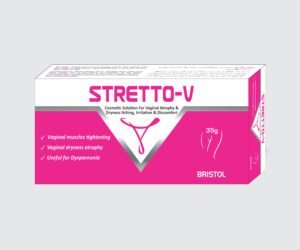
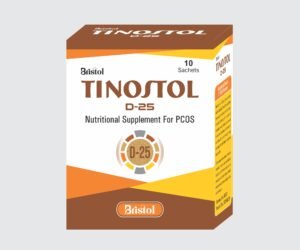
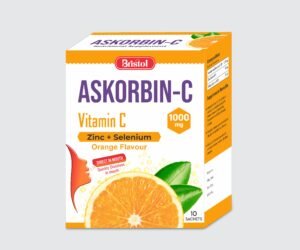
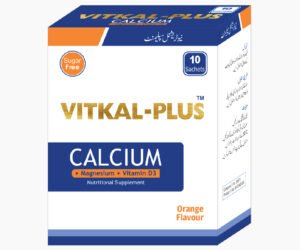

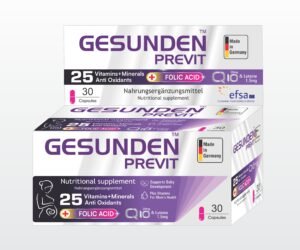
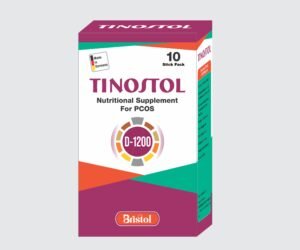
42 reviews for VITKAL PLUS TABLET
There are no reviews yet.